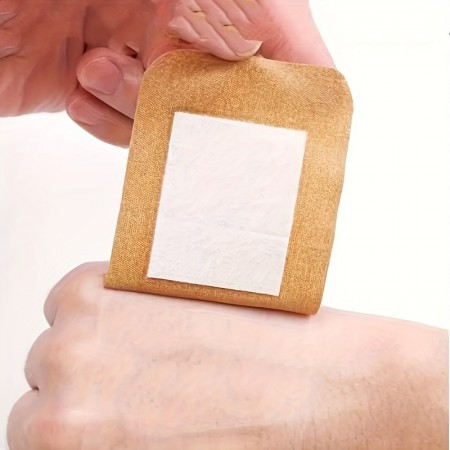Protection: Plasters create a physical barrier that protects the wound from dirt, dust, and bacteria, which can help prevent infections and promote healing.
Hygiene: By covering the wound, medical plasters maintain a clean environment around the injured area, which is essential for proper healing and recovery.
Comfort and Ease of Use: They are designed to be user-friendly, with adhesives that stick well but can be removed without causing significant discomfort. Many are made with soft and flexible materials that adapt to the contours of the skin, providing comfort even during movement.
Versatility: Available in a variety of sizes and shapes, medical plasters can be used on different parts of the body and for various types of minor injuries, such as cuts, scrapes, and blisters.
Convenience: Plasters are compact and easy to carry in a first aid kit, purse, or pocket, making them accessible whenever a minor injury occurs. They require no additional tools for application and can be applied quickly and easily.
Additional Features: Depending on the type, some medical plasters include features such as water resistance, extra padding for cushioning, or antimicrobial properties to further aid in healing and protect against infections.
Economical: They are generally inexpensive and can be purchased in multi-packs, making them a cost-effective solution for managing minor injuries at home, work, or while traveling.




-74x74.jpg)
-74x74.jpg)